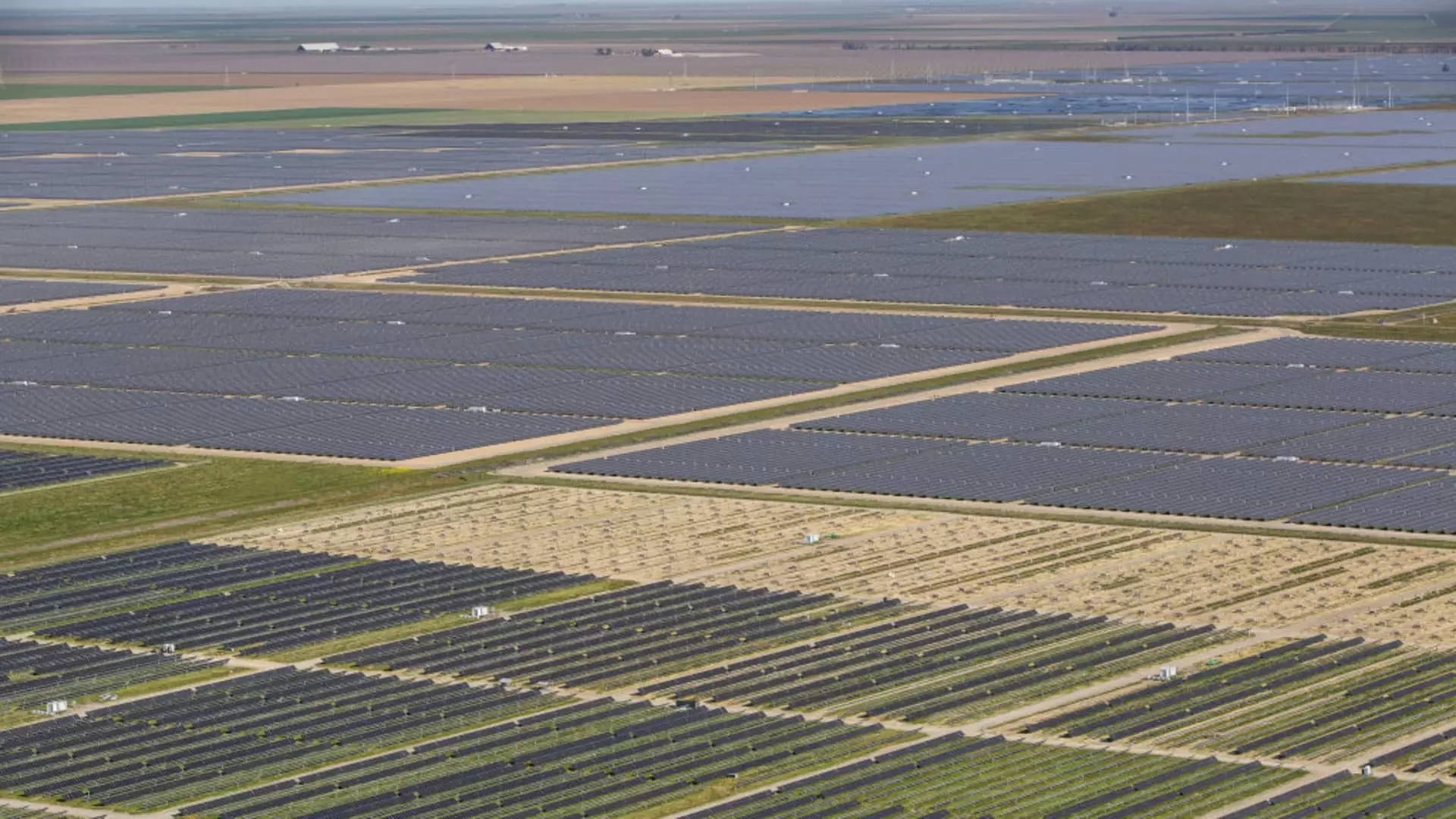The demand for power from data centers is expected to triple by 2030, driven by the rapid expansion of artificial intelligence technology. Mizuho Securities predicts that this surge in demand will result in data centers consuming 400 terawatt hours, or 50 gigawatts annually. This will account for approximately 9% of total electricity consumption in the United States by the end of the decade.
Renewable energy sources, such as solar and wind, are expected to experience significant growth to meet the escalating power demands of data centers. Solar power generation is predicted to increase by 7 gigawatts annually, while wind power is projected to grow by 5 gigawatts per year through 2030. This represents a considerable increase of 21% and 39% for solar and wind energy, respectively.
Companies specializing in solar tracking technology, such as Nextracker and Array, are likely to benefit the most from the growing demand for renewable energy. Nextracker, for example, could see a potential $4 increase in its stock price target, while Array could capture a $2 upside. However, solar module manufacturing stocks, like First Solar, may experience limited movement until the outcome of the upcoming presidential election is determined and its impact on the Inflation Reduction Act is clear.
In addition to renewable energy sources, natural gas is expected to play a significant role in meeting the escalating power demands of data centers. Gas demand is projected to increase by up to 4 billion cubic feet per day by 2030, with the potential for further growth if renewable energy expansion is slower than anticipated. Gas will primarily serve as a backup power source, filling the gap during periods of low solar and wind power generation.
Gas producers like EQT Corp. are positioned to benefit from the increased demand for natural gas, particularly in key data center markets in the Mid-Atlantic and Southeast regions. Pipeline operators, such as Williams Companies and Kinder Morgan, are also poised to gain due to their existing infrastructure. Independent power producers, like Constellation Energy, have the opportunity to secure agreements to power data centers using their nuclear fleet.
While the outlook for power demand from data centers is promising, industry analysts have highlighted potential challenges and bottlenecks. The process of developing new power projects can be lengthy, with permits and grid connections taking up to five years to secure. Additionally, investments in renewable energy could face delays if incentives under the Inflation Reduction Act are canceled or if higher import tariffs are imposed by a new administration.
The surge in power demand from data centers presents significant opportunities for renewable energy and natural gas industries. While there are challenges and uncertainties ahead, the potential for growth and innovation in the energy sector is vast. By addressing bottlenecks and adapting to changing regulatory environments, stakeholders can position themselves for success in the evolving landscape of power generation and distribution.

